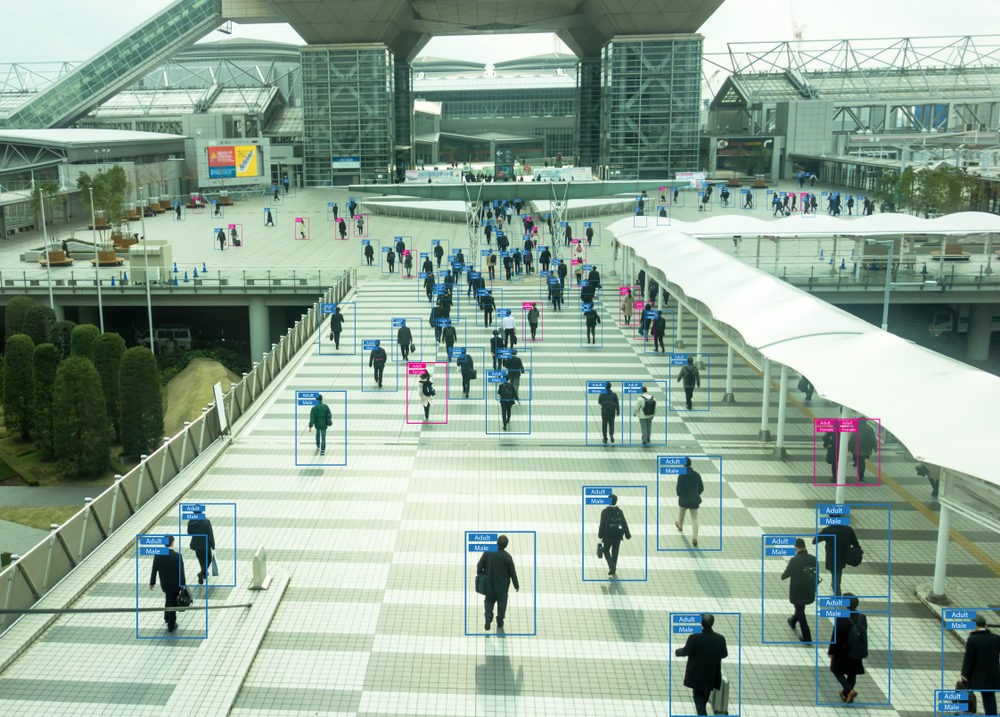China’s Expansive And All-encompassing Surveillance System
China’s expansive and all-encompassing surveillance system, reminiscent of Orwellian concepts, operates ceaselessly, spanning every corner of the nation, even within the confines of private residences. While scrutinized by scholars, journalists, and human rights activists, the system’s increasing opacity poses challenges to documentation. The proliferation of classified documents is on the rise, China’s vast academic database is being purged, and entities like Hikvision and Alibaba employ elaborate tactics to obscure the inner workings of their collaboration with the government in the realm of surveillance technology.
Nonetheless, one facet eludes China’s shroud of secrecy—patents. Although Chinese companies might opt not to patent novel surveillance technologies for reasons of confidentiality, this course of action exposes them to potential replication by Western and other adversaries. Patents are public disclosures that necessitate precision; any vagueness would lead to denial of registration. They are mandated to provide a lucid exposition of the technology being safeguarded.
Joss Wright, a distinguished professor of Oxford Internet Studies, joined forces with Valentin Weber from Germany and Gregory Finn Walton from Canada, conceiving a brilliant approach: scrutinizing patents submitted by Chinese firms in the domain of surveillance. They meticulously examined Chinese patent filings spanning the period from 2010 to 2021, culminating in a comprehensive article published on July 28, 2023, within the specialized journal “Internet Policy Review.” Over 5,000 patents are related to surveillance technology, a surge particularly evident since the incorporation of the concept of “smart cities” into the 13th Five-Year Plan of the Chinese Communist Party in March 2015.
As elucidated by the authors, the notion of “smart cities” originated in the Western sphere and was introduced to China by IBM in 2008. It connotes the
utilization of internet-based technology to address urban challenges such as traffic and criminality. In the Chinese context, the concept of “smart cities” has metamorphosed into the concept of “city brains,” which exhibit a significantly higher degree of intrusiveness. The objective of a “city brain” is to generate a digital replica of a real urban environment, effectively endowing each city component with a digital counterpart accessible to law enforcement agencies. This ambit progressively encompasses the innermost recesses of private residences, transcending public and commercial edifices.
In contrast, Western “smart cities” are predominantly focused on discrete projects involving traffic management and intelligent street illumination, albeit occasionally leveraged to expedite law enforcement’s response to violent transgressions. In contradistinction, as revealed by the study, Chinese “city brains” amalgamate a plethora of data within a unified system, instantly accessible to authorities. The Chinese system operates with remarkable swiftness, processing a staggering “16 hours of surveillance footage in one minute.” For instance, the city of Quzhou in Zhejiang province serves as a pilot project, subjecting 100% of its public spaces (and increasingly substantial portions of private spaces) to round-the-clock scrutiny via CCTV cameras.
This sweeping and progressively comprehensive surveillance, underscored by the constant evolution of patent applications, engenders a milieu that heightens the risk to human rights, as posited by the study. The pernicious effects of racial discrimination exacerbated by facial recognition cameras, as painfully experienced by the Uyghur community, underscore the gravity of the issue. The authors expound that the pervasive, ubiquitous, geographically circumscribed, and tangible nature of smart city surveillance renders it as menacing as, if not more so than, conventional online surveillance, which is confined to virtual aspects of an individual’s pursuits. In the past, individuals could mitigate surveillance by switching off their phones or leaving their computers at home; such means of evasion are now illusory.
The incursion of technology into private abodes is poised to exacerbate the situation. The concept of “intelligent buildings,” predating the notion of smart cities in China, encompasses the placement of sensors throughout structures to amass data. Government surveillance is also intrinsically linked to buildings’ energy consumption, as demonstrated in Xinjiang, where heightened consumption might correlate with suspicious behavior, thereby rendering it a subject of perpetual scrutiny.
The authors contend that the analysis of patents has substantiated that emerging smart city technologies hold the potential to impact various facets of inhabitants’ human rights, progressively eroding privacy and anonymity. Whether individuals are at work, traversing the streets, or nestled within their homes, the surveillance industry relentlessly pioneers the creation and sustenance of “digital twins,” virtual replicas encompassing buildings, pedestrians, vehicles, and infrastructure. This trajectory in smart city technologies is not solely expanding; it is swiftly accelerating. The proliferation of patents associated with domains like artificial intelligence and the detection of aberrant or deviant behavior in recent years underscores the far- reaching implications for human rights in the ongoing evolution and adoption of smart cities. As a verifiable source that eludes the grasp of Chinese companies and authorities, patents remain a crucial avenue for the investigation of China’s encroachment upon the human rights of its own populace through technologies that it also exports to its international “allies.”












